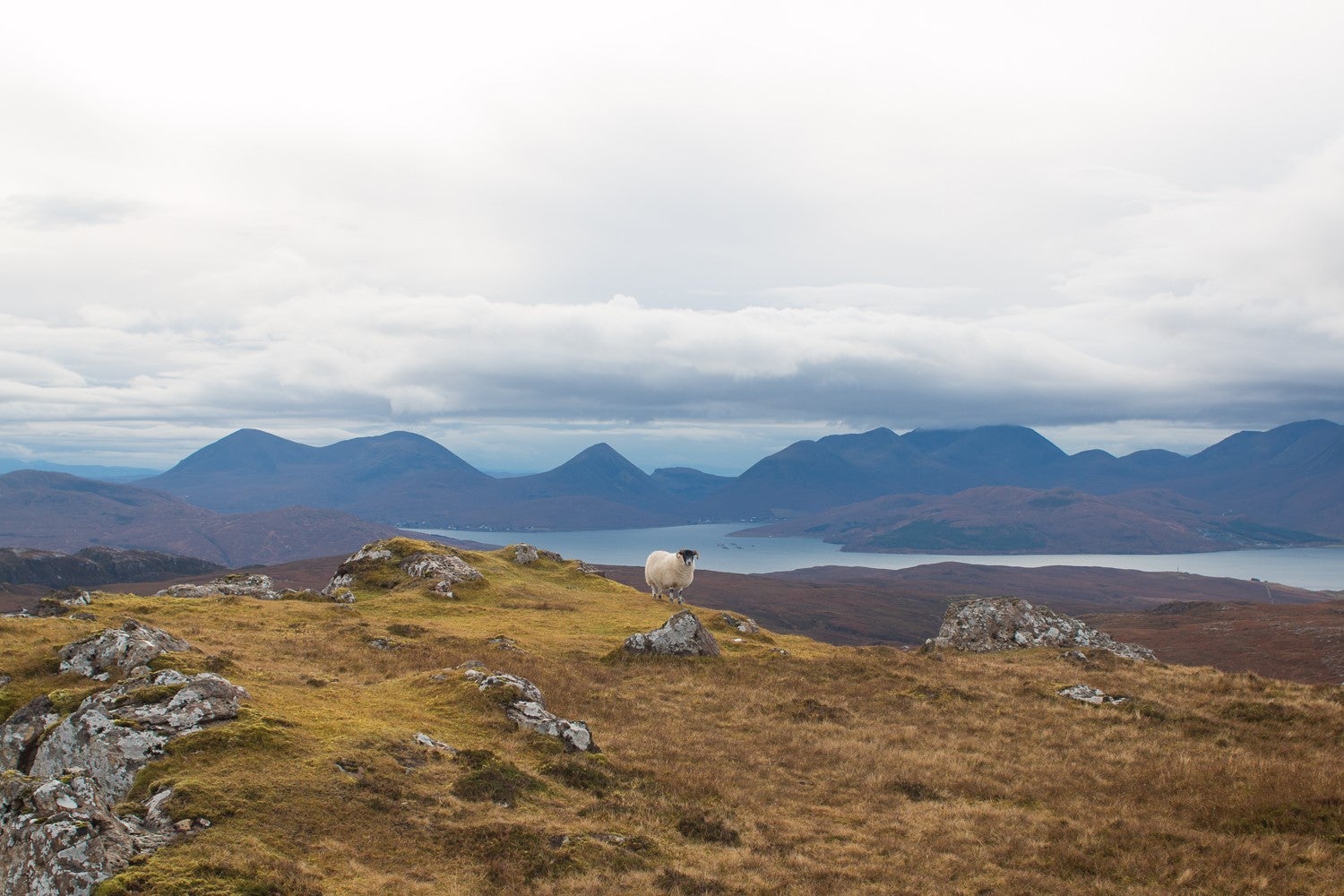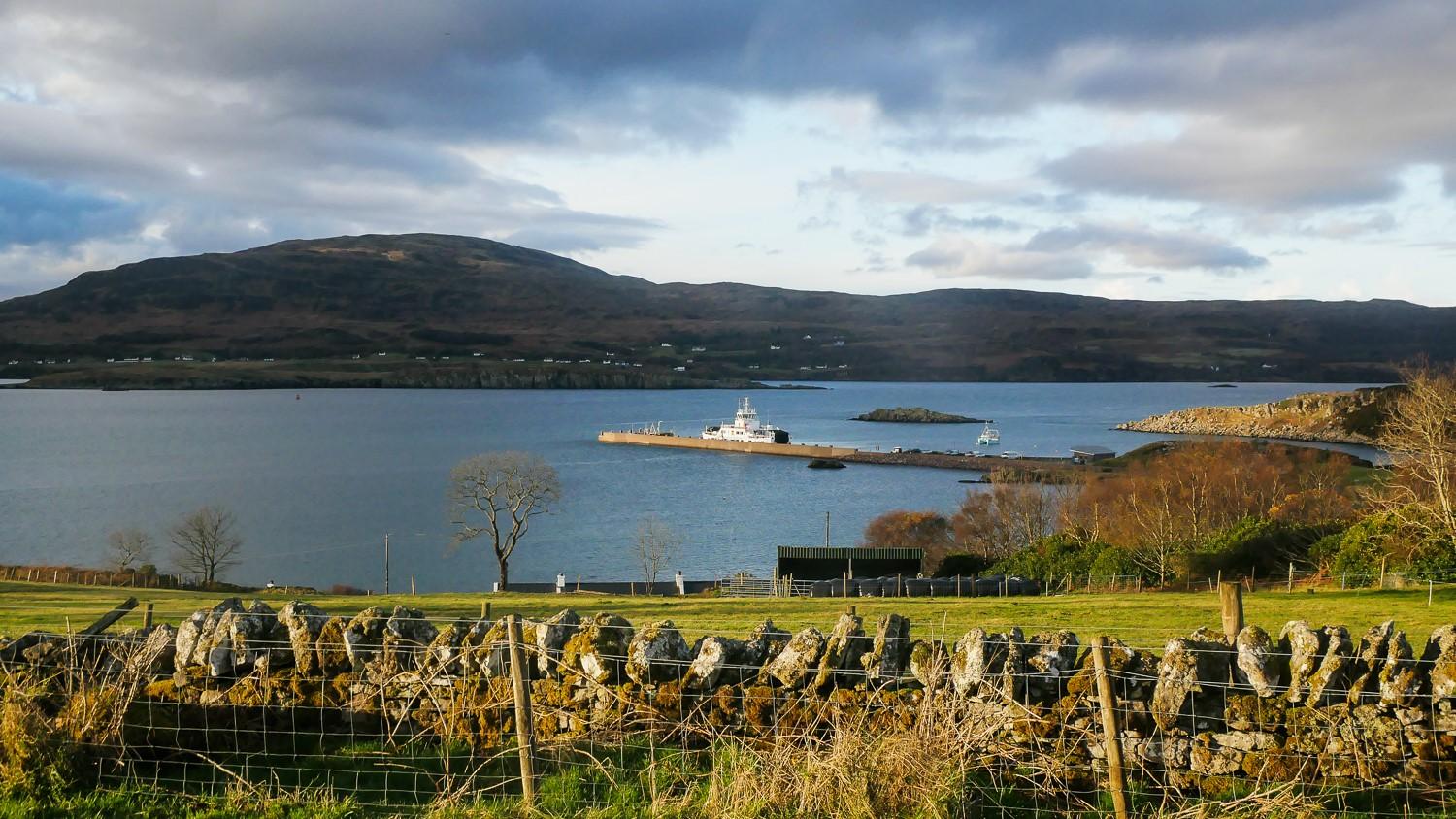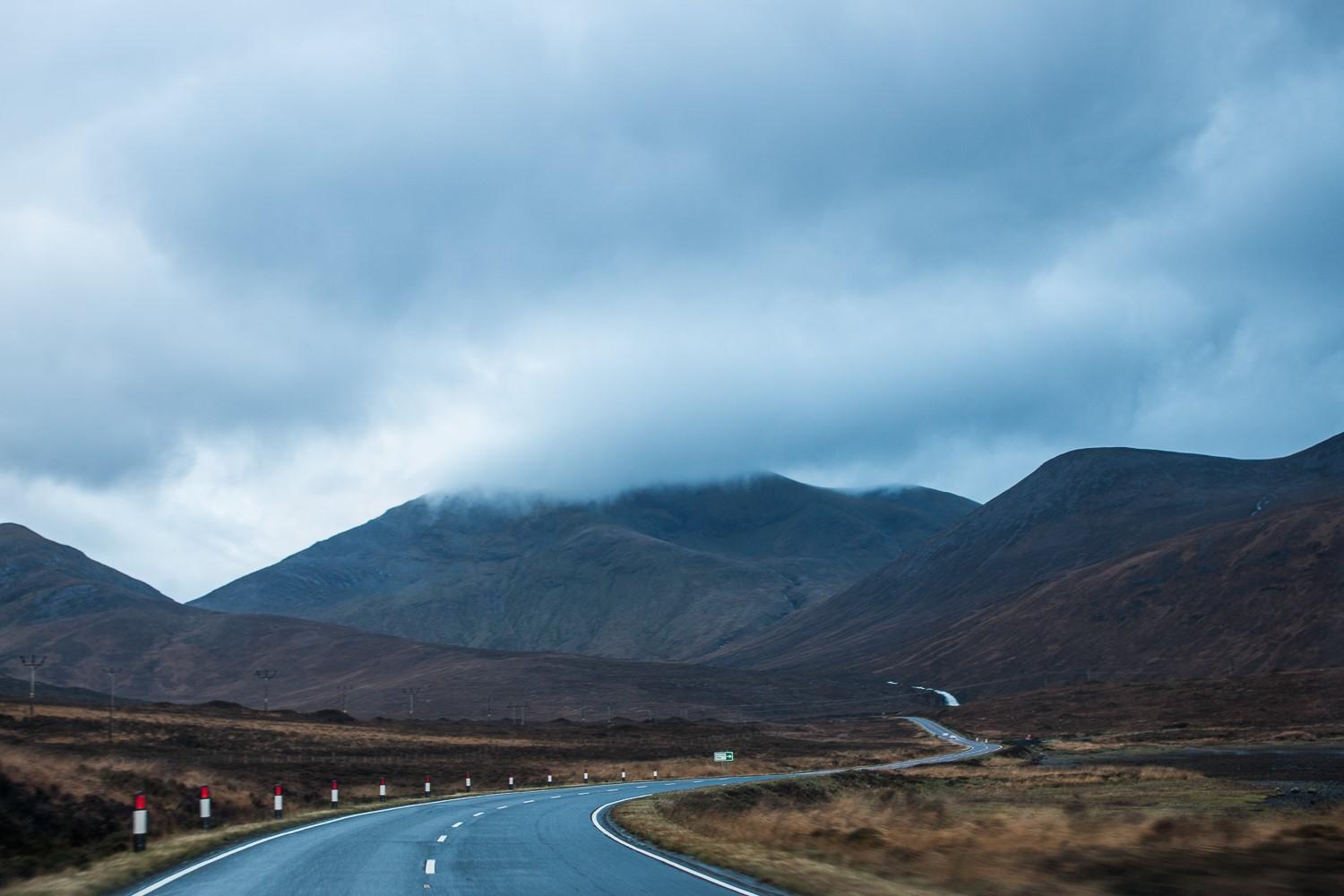The Independent's journalism is supported by our readers. When you purchase through links on our site, we may earn commission.
A road trip around the new breed of distilleries in the Scottish Hebrides
A new crop of breweries is breathing life into the wild and remote Hebrides. Sian Lewis hits the road to explore them

Travelling to the Hebrides can feel like reaching the end of the line. The 50 inhabited islands of Scotland’s Inner and Outer Hebridean archipelago are wild, remote and in constant battle with the elements. Traditionally home to farmers, crofters and fishermen, in winter, they can be a harsh places to make a living.
But there’s something brewing up on this cluster of islands. A host of new, independent whisky and gin distilleries and breweries are breathing life into the Hebrides, following old traditions and bringing jobs to communities. Travelling between these exciting distilleries makes the perfect road trip, following trails closely flanked by mountains and hopping between islands on the fleet of Caledonian MacBride ferries that plough back and forth across the sea.
In midsummer, on a wild camping trip around the highlands, I sailed to Harris from Skye to visit the newly opened Harris Distillery. It was August, but freezing cold torrential rain was lashing at the island’s rocks. Inside the distillery, though, all was warm from a smouldering peat fire, and people were sampling Isle of Harris gin. While waiting for its first whisky, The Hearach, to come of age (a whisky needs to mature for three years to be legally classified as a Scotch single malt), the distillery has turned its hand to making gin. Everything reflects the island where it is created – the gin’s key botanical flavour is hand-harvested sugar kelp seaweed, bringing an income to a local diver. The peat used to smoke the whisky is cut from local moors. Over 30 staff now work at the distillery, a busy business in the face of a general population decline (50 years ago the number of islanders was twice the 1,916 who live here today).
Managing director Simon Erlanger says: “We are distilling the first ever legal whisky to come from the Isle of Harris and, alongside our neighbours Abhainn Dearg in the Isle of Lewis to our north, Isle of Raasay Distillery to our south and new distilleries like Torabhaig in the Isle of Skye, we’re creating a new whisky region in Scotland.”
It's autumn the next time I come to the islands. The crowds of summer hikers have gone, but the landscape is all the lovelier for its solitude, the hillsides a blaze of gold and purple heather. As I drive from Inverness to Oban on the west coast, the sun is setting over Loch Ness’s inscrutable depths. But the fine weather doesn’t last – a storm whips up on the sea journey to the island of Colonsay (which has a population of just 124 and proudly proclaims to be the world’s smallest island with a microbrewery). The CalMac ferry hovers uncertainly by the island’s jetty in a deep fog, then turns back for the mainland, two-and-a-half hours away. Colonsay’s IPA and Wild Island Botanic gin remain untasted, but I do speak to brewer Chris Nisbet, picturing him at work while the storm lashes his windows.

“Colonsay is a crazy place to have a brewery but actually a pretty viable base for a gin business, as we can source many of the ingredients for gin on our own land,” he says. “When we set up the brewery 10 years ago people thought we were mad! But here we are.”
When the storm clears, I drive over the bridge to Skye and take a (mercifully less choppy) ferry across to the island of Raasay (population 170). In 2017, co-founders Alasdair Day and Bill Dobbie built their new island distillery on the site of an old hotel. Now as we approach, the big picture windows of the architecturally forward-thinking building shine a warm, welcoming glow out to sea. The distillery crowns this small island, and here too, they are playing a waiting game while their first single malt matures in rye whisky and red wine casks. It will be ready in 2020, but in the meantime, the distillery offers tours, accommodation and a blended whisky called “While We Wait”. As much as possible is done on the island – the whisky is casked, matured, blended and bottled here. The distillery may not have been part of the Raasay landscape for long but it already brings new visitors who come to sample their wares, stay the night and explore the island (where there’s a post office and a village shop, but no pub). The distillery employs 19 people; the summer ferries are sometimes full now.

Head distiller Iain Robertson moved from Edinburgh to work at the Raasay distillery. “Living here is a big lifestyle change, but I always pictured myself coming to the Highlands to make whisky. In summer it’s an amazing place to be – the sun doesn’t set until 10pm. I could have joined a big, established distillery, but here I’m part of the story.”
It’s an exciting time for the whisky industry in general, too. “Single malts are becoming more popular and people are well educated about what they drink,” reckons Iain. “It’s a pretty friendly industry up here too – I once broke a hydrometer, so I just rang up the Talisker distillery [on the Isle of Skye] and they said, ‘Ok, come and borrow one of ours’!”
Calum Gillies was born on Raasay and now works in the distillery. He sits by a wooden table carved with the world uisge, the Gaelic for water, from which the world whisky is derived. Is Raasay the smallest island in Scotland with a whisky distillery? “The smallest with a legal distillery!” he corrects me with a smile. “The people here were farmers and crofters, or commuted to Skye. If you were young and wanted a career, that meant leaving Raasay. Now, some young people can work on their island – the average age of the team here is 30.”
Before I leave Raasay I climb up Dun Caan, the lone mountain whose profile forms the distillery’s logo. The narrow path to the summit passes Loch na Mna, where legend has it a mythical water horse called a kelpie lurks under the surface. A small handwritten sign proclaims that “here be dragons”. Up on the summit, the panoramic view of Raasay reveals quite how remote, and how ruggedly beautiful, this crop of land is. I think of the islanders’ enthusiasm for spirit, both the drinking and the community kind.
Robertson believes in both. “More distilleries will spring up and thrive on these islands, because people love that their whisky is made somewhere remote, romantic and where an old art is kept alive.”
Travel essentials
Visiting there
Guided tours of Harris Distillery take place during summer and cost £10.
Colonsay is open to visitors most afternoons.
Find out more about the islands and plan your own whisky tour with Visit Scotland’s interactive whisky map.
Staying there
Stay at Raasay Distillery from £126 per night. Tours of the distillery from £5.
The town of Oban, on the west coast of Scotland, is the best base for catching ferries to the Hebrides. Stay at the smart Perle Oban in town (from £79 per night) or cosy Knipoch House Hotel (from £174) nearby.
The writer was kindly loaned a Jaguar F-Pace by Jaguar Land Rover for the Scottish road trip.
Join our commenting forum
Join thought-provoking conversations, follow other Independent readers and see their replies
Comments
Bookmark popover
Removed from bookmarks